Porsche 911 Shines On Canada's East Coast

It’s hard to tell how fast you’re going when the luscious green landscape begins to blur. The left-right-left rhythm captures you in a trance, and it’s easy to fall prey to this hypnosis when you’re behind the wheel of a car that’s so effortlessly capable.
I’m touring Canada’s scenic East Coast in the brand new Porsche 911 4S with a convoy of four other identically equipped cars and while we’re flinging down the road in this manner, it’s easy to lose sight of what’s happening around you.
On the left side of the road, there are breathtaking green mountains. On the right, the deep blue, soul-grasping sea. There’s wildlife all around — whales are coming up for air the distance and we catch a glimpse of a deer prancing off into the dense foliage. And right in front of you is the winding road known as the Cabot Trail.
This is the Porsche Experience Tour (officially called “Porsche Tour Canada 150” this year), which customers were able to experience this September and October. Celebrating Canada’s 150th anniversary, our convoy was full of drivers and Porsche customers intent on driving the country’s best roads and experiencing the other scenic charms of this part of the country.
A week-long road trip that starts in Toronto, Ontario, and ends in Halifax, Nova Scotia, Porsche provides the cars, fuel, tires, food, and hotel accommodations. The German automaker has at least one of these Experience Tours every year, and it has sent fans all around the world. Many of the customers we travelled with explained that this wasn’t their first Porsche Tour and have participated in similar programs in South America, Africa, and Europe. It’s hard to believe that humble Canada has routes to rival the likes of the Stelvio Pass in Italy, but we experienced first-hand all the beauty this country has to offer.
It helps that the car is virtually perfect. The rear-engine formula of the 911 has been fine-tuned over decades and generations to the point that it’s hard to find a fault in it.
Motoring Perfection
Mounted over the rear axle is a 3.0-liter boxer engine, turbocharged to output 420 horsepower. The power gets sent to all four wheels via the brand’s quick-shifting PDK dual-clutch transmission. The powertrain is deceptively fast and smooth. The car also has a unique soundtrack, one that resonates with some enthusiasts, but certainly not all. In order to deliver that smooth feel, the transmission creates “virtual gears” by partially engaging two gears at the same time. Basically, it can find the perfect gear ratio for almost any driving condition.
Despite being twin-turbo, the car features barely any turbo lag and delivers power convincingly through most of the rev range.
Various drive modes also play a role in how refined the car feels. Drivers can pick from three drive modes by using a rotary knob on the steering wheel, an interface inspired by the 918 Spyder hypercar.
Drive Modes For Every Occasion
Ordinary is the default setting of the 911s we were driving. “Ordinary” is a bit of a misnomer because the 911 is definitely not ordinary, but this mode is simply the most sedate of all the other options.
On the highways and city roads we took to get to these brilliant Canadian stretches of pavement, the Ordinary mode was ideal, but the way the car reacts in Sport and Sport+ modes was far better when the roads became twisty.
These two modes spice up the characteristics of the Porsche transmission and chassis controls. Gear changes fire off at a higher rpm, the exhaust gets bit louder, and the suspension is more taut and responsive. These two settings are perfect once you reach an engaging road like the Cabot Trail.
There’s also a Sport Response button on the center of the dial, which sets the car up for maximum acceleration for 20 seconds. The car basically acts like a shook-up can of soda and hitting the Sport Response button is like introducing Mentos to the equation. It takes off and lets you pass anyone almost instantly. It was a huge help in maintaining our posse of Porsches when a tourist disrupted the perfect convoy of 911s.
Steering Doesn’t Get Any Better
There’s more to the steering than that cool switch, though. The 911 has one of the most entertaining, engaging, and responsive steering setups found on a sports car. Enthusiasts should have no concerns that the new electric power-assisted steering system is lacking feel or feedback. It’s at home both on the track and on regular roads and reminded me of how rare fantastic steering systems are these days.
The all-wheel-drive system also added some confidence to the drive, although we didn’t have to deal with inclement weather. I also loved that we never felt cramped in the car. There’s plenty of space for luggage, as the front trunk can easily accommodate two carry-on sized bags.
If there’s a single complaint about these cars, it’s that they can get quite pricey. Our models were well over $100,000, but the silver lining is that Porsche provides the cars on these programs. A week-long trip that costs just around $6,000 including the accommodations, it seems like a pretty good vacation.
The roads along the East Coast of Canada really bring out the best of the 911. The whole experience is such a surprise, feeling like it could be a level in a video game. Between the scenery, the roads and this car, it’s a perfect combination.
Porsche fans and anyone who loves epic drives should get in touch with their neighborhood dealership to get a heads up when the various Porsche Experience Tours are announced. If this one in Eastern Canada is anything to go by, it’s a fantastic road trip that won’t be forgotten anytime soon.

Sami has an unquenchable thirst for car knowledge and has been at AutoGuide for the past six years. He has a degree in journalism and media studies from the University of Guelph-Humber in Toronto and has won multiple journalism awards from the Automotive Journalist Association of Canada. Sami is also on the jury for the World Car Awards.
More by Sami Haj-Assaad



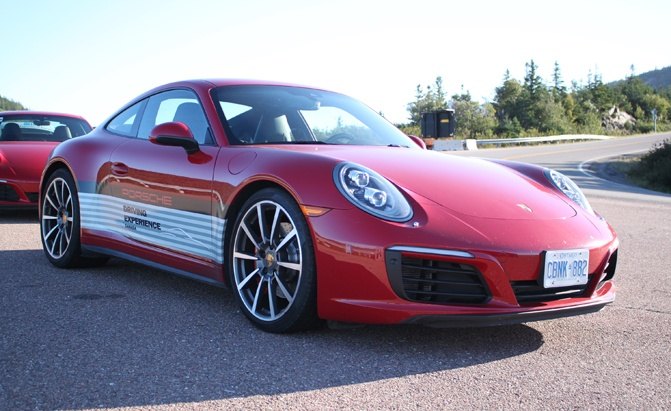




















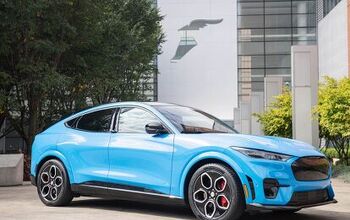

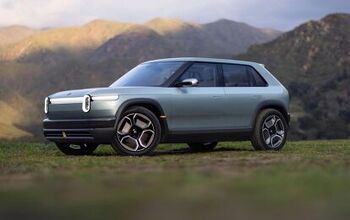

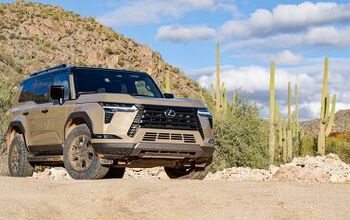
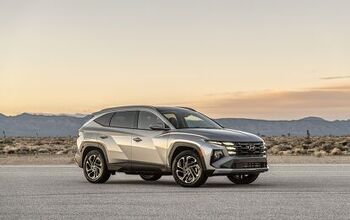

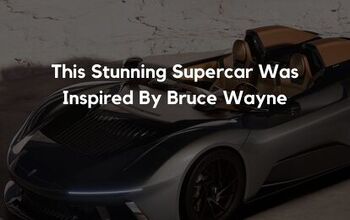



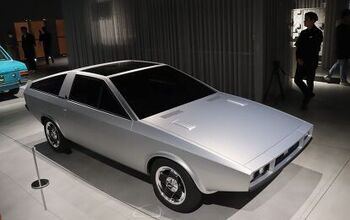
Comments
Join the conversation